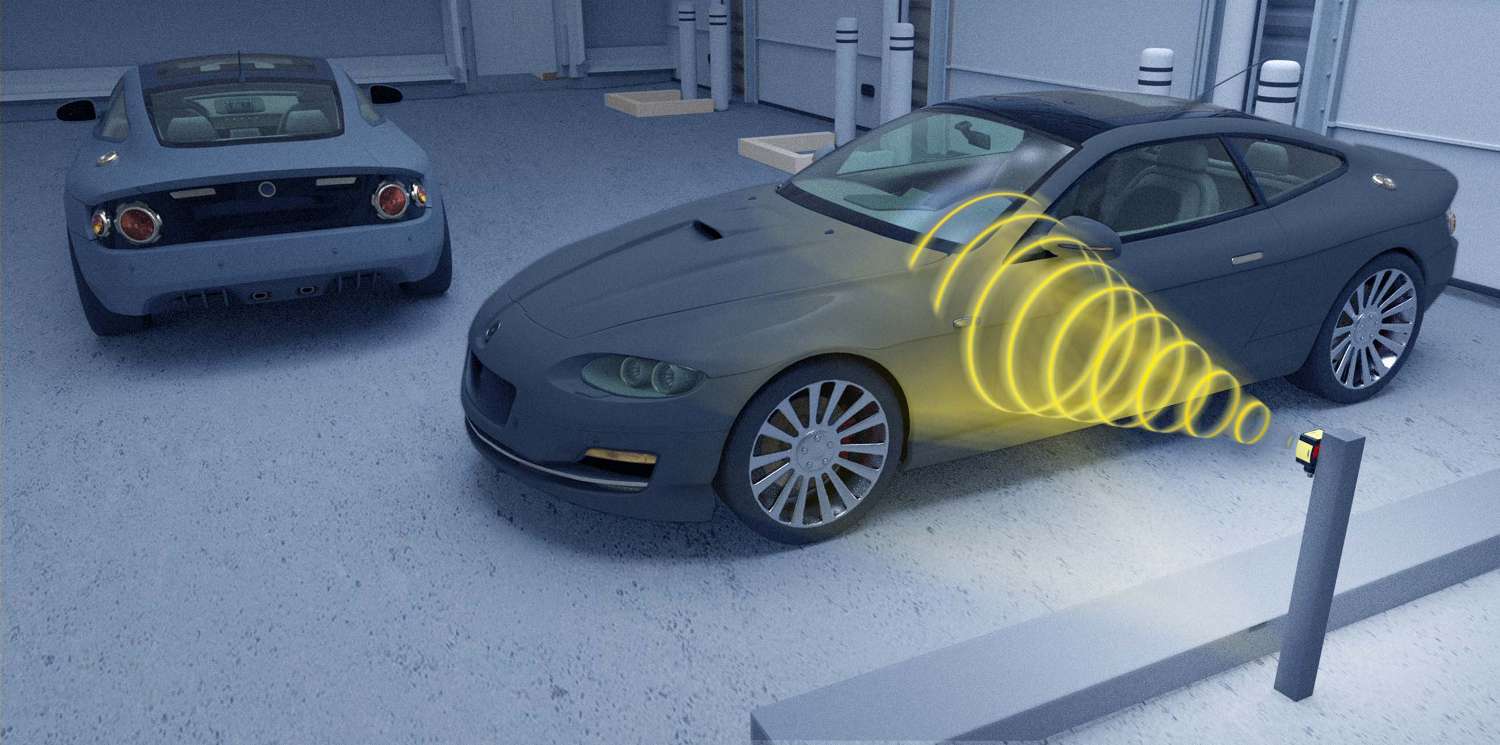-
Company
-
Banner Blog
-
Why Radar Technology Is a Good Sensing Option

Why Radar Technology Is a Good Sensing Option
When you think of different sensor technologies, photoelectric and ultrasonic sensors have been the go-to choice for many years with LiDAR being a more recent option. While these are appropriate for many applications, there is another technology that can outperform others in a surprising number of situations: radar.
What Makes Radar Sensors Excel
Radar technology sends electromagnetic waves from an emitter, bounces off an object, and return to a receiver. The time it takes for the signal to bounce back is measured and used to determine distance, position, and presence of an object. Because radar sensors use electromagnetic waves in the microwave frequency range, they have abilities that other sensor technologies don’t, including:
- ignoring many ambient environmental conditions
- detecting through plastic and glass, including enclosures
- being unaffected by object color or finish
- sensing at long range
- focusing on certain objects while ignoring others
Different radar sensors operate at different frequencies. Lower frequency radars can detect objects like cars, trains, trucks, and other objects made of metal very well. Higher frequency radar can see a wider array of objects, including those made of glass, plastic or organic materials. Radar is also more robust than ultrasonic and other sensors, especially outdoors due to its ability to ignore ambient weather conditions.
Radar Technology Works Reliably in Enclosures and Changing Environmental Conditions
Radar sensors are unaffected by most ambient environmental conditions, with their signal passing through precipitation like snow, sleet, fog and mist, and swirling dust. Being impervious to wind and able to function in a wide range of temperatures, radar can be used in extreme environments. This makes radar ideal for many applications where environmental conditions may pose challenges for other sensor technologies, such as signal loss or incorrect readings.
Radar doesn’t just penetrate ambient weather. It can also pass through plastic and glass, making them an exceptional solution for enclosures. Even if the glass or plastic is opaque or dirty, radar can still detect what’s on the other side.
Many common applications can take advantage of radar’s pass-through ability, such as:
- vehicle positioning inside automated car washes with extreme temperature swings, fog, steam, and water spray
- checking vehicle presence at drive-thrus in changing weather
- vehicle detection at outdoor EV charging stations
- external monitoring of corrosive liquids in tanks
Radar Sensors Provide Dependable Detection of Varying Surfaces
Another area in which radar sensors are an excellent sensing choice is whenever items that have different colors, finishes, or uneven surfaces. Multiple items with different colors can all easily be detected by radar. Whether a finish is glossy, matte, reflective, or metallic, a radar sensor can know an item’s precise location. Objects with curved surfaces, mirrors, or windows can also be reliably recognized by radar sensors that use a wide beam angle, a benefit unique to radar. Wider beam patterns increase the likelihood of parts of the emitted beam being reflected back to the receiver.
Applications with varying surfaces with which radar can help include:
- identifying curved, metallic wheels in an automotive assembly plant
- detecting passenger vehicle presence to show available parking spots
- monitoring arrival and departures of trucks of different shapes and colors at loading docks
- avoiding collisions between airport ground support vehicles and curved aircraft surfaces
Long-Range Radar Sensors Can Detect Different Targets, Even at Greater Distances
Many sensors have relatively short ranges, which is just fine for many applications. However, it may be better in some situations to use long-range radar sensors. For long-range detection, radar accurately senses at distances of many meters, using a constant stream of waves to continuously detect objects in a particular area.
Long-range radar sensors are very useful in applications with large objects in motion, including:
- tracking multiple train positions in a dirty rail yard
- monitoring, through wind and waves, varying sizes and shapes of ships entering and exiting ports
- avoiding collisions between large gantry or overhead cranes in warehouses or docks
- providing guidance and blind-spot detection to operators of large mining machinery so they can safely handle equipment
Get Trustworthy Detection with Banner Radar Sensors
Radar sensors from Banner Engineering can handle many different types of applications, especially in areas that may pose challenges for other types of sensors. They work well both indoors and out, at short ranges or long distances, and in inclement environmental conditions. Durable and reliable, Banner radar sensors are a great choice for object and vehicle detection, collision avoidance, position feedback, and much more.